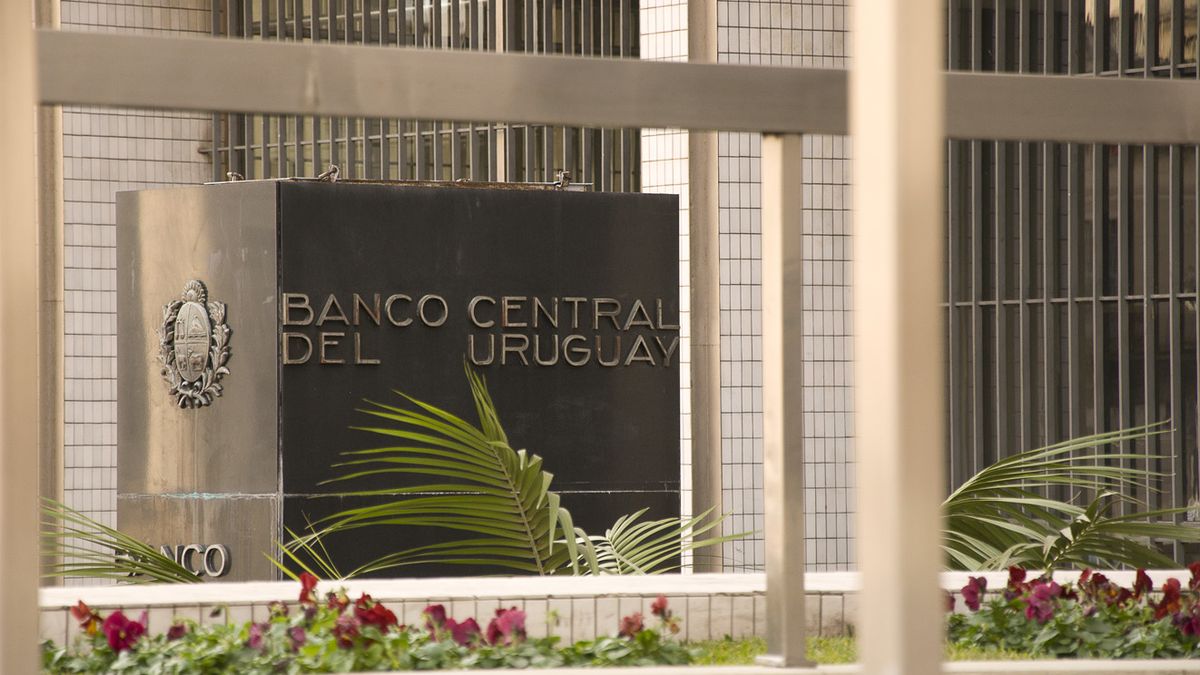He Central Bank of Uruguay (BCU) reduced its monetary policy rate (TPM) by 0.25% on Wednesday to 11.25% after the Monetary Policy Committee (Copom) recommend it, a decision that took the market by surprise and which, according to experts, could have an effect on the appreciation of bonds and bills in pesos.
Loans in pesos have grown in the last year hand in hand with attractive interest rates, pushing down the value of the dollar. A reaction that should go in the opposite direction after the reduction of the contractive policy of the Central Bank.
Francisco Echegoyénan analyst at Gastón Bengochea Corredor de Bolsa, told scope.com that the BCU’s decision “discourages the idea of investing in pesos.” And he remembered that the LRM (Monetary Regulation Bills) at one year are yielding 11.37% and at one month 11.62%.
A first sample of the market’s reaction to this can be seen today, with the tender for a 378-day BCU title for 3,300 million pesos, although the effects are expected in the medium term.
The tenders for bonds and bills in pesos have been successful for the government for months, to the point that in its latest report the Public Debt Coordination Committee (CCDP) bragged about the “appetite” of investors in these types of instruments.
Multi-year bonds, specifically Treasury Notes 2031 and 2047are elements that in each reopening of the tender have shown signs of this.
This week NT 2047 (Series 5) was auctioned one day before the BCU lowered its interest rate. The amount offered was 1,200 million UP (Pension Units, equivalent to US$45.7 million at the current exchange rate) and 1,588 million UP were placed.
Tenders for titles in pesos are key for the government as part of its strategy of funding to manage public debtwhich is at historically high levels as a consequence of the policies that were developed during the covid-19 pandemic.
In February, a joint special tender by the BCU and the Ministry of Economy and Finance (MEF) placed on the market NT in pesos, UI and UP for more than US$ 900 million, allowing the government to obtain funds to cover 47% of this year’s maturities.
On the other hand, Francisco Echegoyen highlighted that the choice of instruments in Indexed Units (IU) could become a refuge if the expectations of a inflation upwards are met.
“Today, good real returns are achieved in both Letters and Notes in UI. We have to see what happens with the drought and how it affects inflation, because if it shoots up, it will surely hit the profitability of the letters in pesos a lot, which are at a fixed rate, but benefit the Notes in UI since they follow the behavior of inflation”, he highlighted.
Already in February, active operations in UI skyrocketed 58%, according to data analyzed from the latest Statistical Series of the Superintendence of Financial Services (SSF) of the BCU.
Operations in pesos fell 8.1% from 39,649 in January to 36,428 in February; while in dollars they went from 22,519 to 20,989, 6.8% less.
The agricultural sector was the one that moved its operations from dollars to UI the most. This is a sector that has been actively denouncing the exchange rate delay –which stands at 25%- and its consequences in the loss of profitability.
Source: Ambito




